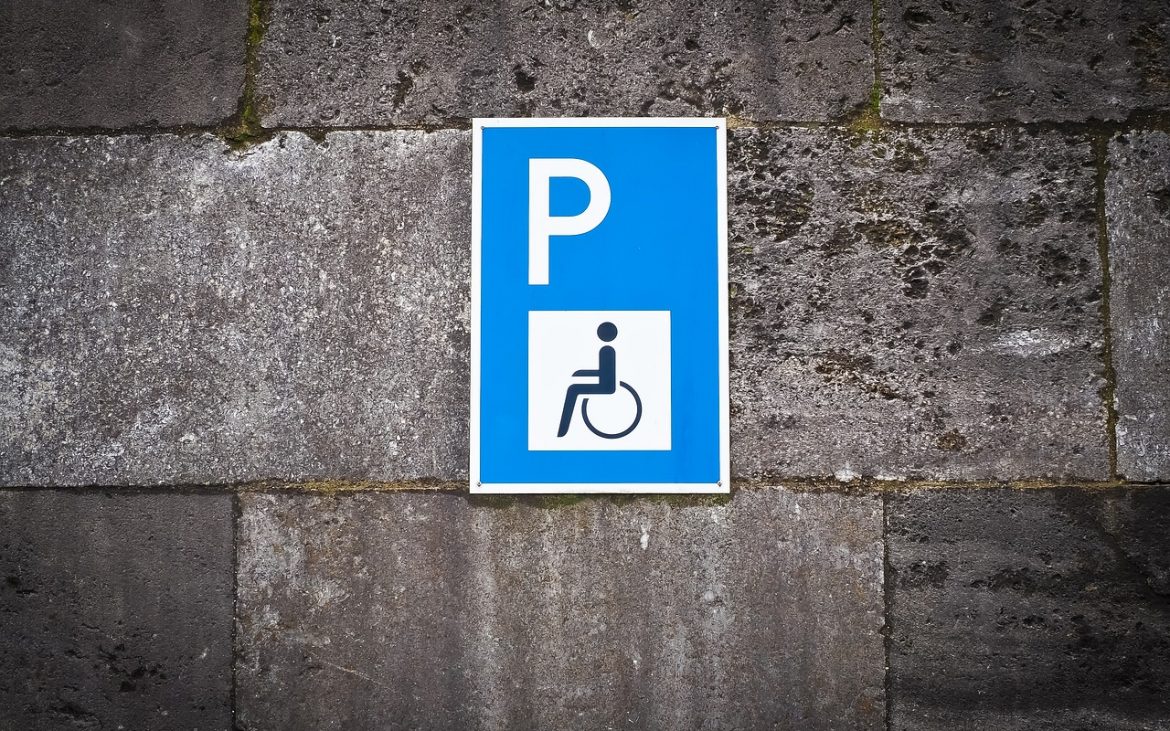P
ublic buildings need to be accessible to wheelchair users, and as the population ages, there is an increasing need to adapt to meet the needs of people with limited mobility.
Many older buildings need to be adapted to meet these requirements, and for new buildings, accessibility needs to be integrated into the design. Here are a few ways of making a building more accessible to wheelchair users.
Do a Wheel Through
One of the best ways of testing your building for accessibility is to enlist the help of a wheelchair user. You’ll soon discover how easy or hard it is to get in and move around. Testing entry points, bathrooms, light switches and emergency exits are all part of the test. Once you have your review, you’ll be looking for solutions and they are easier to make than you think.
Automate your Entry Doors
Automatic doors are ideal for people with mobility difficulties. A panel can be fitted with a limit switch to automate existing doors. Placed within reach of a wheelchair user they will open when the touchpad is pressed and close after a limited time. Electric motors for automatic doors can be installed so a door opens automatically when a person stands in front of it. If your door is not on a level with the sidewalk, you’ll need to think about having a ramp for steps with a handrail.
Check the Exterior
The approach to your building is just as important as automating the doors. Parking spaces for disabled people should be clearly marked and near the building entrance. Surfaces should be tarmac or an alternative hard material to allow easy access by wheelchair. Street furniture should be kept at a minimum to ensure disabled users are not obstructed when moving around.
Create Good Lighting Systems
Lighting in buildings can be made both efficient and accessible through the innovative use of automatic sensors. Placed in some rooms they enable lights to come on automatically when someone is in a room but turn off after they leave. This not only saves energy but helps people access the building easier.
If you have manual switches some can be placed at a level that is easily accessed by a wheelchair user.
Make Rooms More Accessible
Interior rooms in a building can also benefit from an automatic door system. Bathrooms for wheelchair users need to be spacious and have support rails and other aids. You can automate the door to facilitate entry but can also install a lock to ensure no one enters inadvertently. Automated doors can be added to office and meeting rooms and to entry points to help a wheelchair user get around independently. Routes to key areas such as bathrooms and meeting rooms should be unobstructed and easy to get to with a stick or wheelchair. Checking areas that there is space to move around in a wheelchair and ensuring ramps are available for steps is also part of adapting internal rooms of a building. If public phones are available in a building need to be placed at an accessible level for wheelchair users. Counters also need to be wheelchair accessible.
By assessing a building for wheelchair and disabled use you’ll make the area more accessible for everyone. Whether you need smart automated doors or an adaptation to an existing office, small changes can make a big difference.
